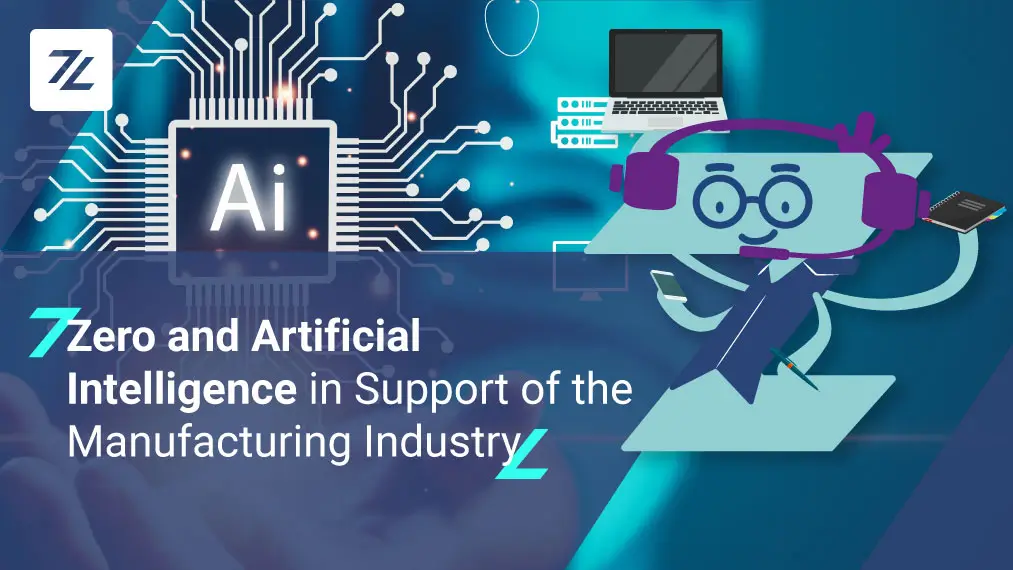Recently, in the Industrial IoT (IIoT) field, a constant and continuous internet connection has become increasingly necessary so machines can send data in real-time to the cloud and make informed decisions in a timely manner.
In some situations, classic WiFi and Ethernet connectivity are no longer sufficient. Think about factories disconnected from fixed lines, or more simply about industrial assets that are constantly running or outdoors.
It is here that the use of cellular connectivity can provide a solution to the need for data extraction from industrial machinery even when it does not seem possible.
Why and how to use cellular connectivity
The main advantages related to cellular connectivity (not only in the industrial sector) are certainly:
- Coverage: Cellular networks are present everywhere and are reliable.
- Security: connectivity and authentication via SIM is secure.
- Installation: does not require any technical skills or particular installations; simply insert the SIM into the appropriate slot and it works.
- Reduced power consumption: modern cellular modems have low electricity consumption, even as low as 8mA, and, if a battery is used, they guarantee access to the network even during a power failure.
Zerynth’s SIM
Zerynth Cloud Core allows you to connect different types of IoT devices using WiFi, Ethernet and cellular connection via a SIM card. Cellular connection allows devices permanent connection, reducing the time they are offline, and enables the use of new categories of devices, as in the case of vehicle trackers.
Zerynth provides proprietary SIMs with its mobile devices: Zerynth SIM. Simply insert them into the slot of one of the supported devices, such as the 4Zerobox Mobile or an expansion module such as the EXP-CONNECT, and in a few simple steps the device is connected to the network and can send data.
Cellular connectivity for IoT applications
Using the same cell phone infrastructure, the IIoT can take advantage of pre-existing cellular networks and, with modern technologies, like NB-IoT, can take advantage of high-performance connections comparable to those provided by WiFi or Ethernet.
Although the 2G protocol is suitable for many IIoT applications, the rapid spread of new standards such as LTE-M or NB-IoT represents a huge advantage for IoT connectivity.
Mobile devices can be managed remotely through the Zerynth Cloud platform, which allows you to perform remote operations and monitor their correct functioning.
By simply accessing the Zerynth Cloud web application, it is possible to monitor all the SIM cards that are owned, their activation status, the traffic consumed, and the associations between the devices (Fig 1).
Figure 1. Zerynth Cloud – SIM view
It is also possible to view detailed information (Fig 2 and 3) relating to individual cellular devices, such as:
- Unique identifiers ( IMEI and ICCID)
- The strength of the cellular signal
- The type of network connection
- The network operator
- The subscribed tariff plan with expiration date, the thresholds, and the traffic consumed
- A weekly view of the traffic consumed daily by country
- The last GPS position received
Figure 2. Zerynth Cloud – GPS location map
To activate a Zerynth SIM, simply insert it into the appropriate slot in a compatible device and start the device configuration procedure, which will automatically perform its activation and association with the chosen device.
Figure 3. Zerynth Cloud – plan and cellular use
The Zerynth Edge Devices and the Zerynth OS also support the use of third-party SIMs. It is recommended to use a Zerynth SIM, since it does not require any manual configuration of the connection parameters.
Furthermore, using a Zerynth SIM guarantees complete integration with the Zerynth Cloud and being able to manage the SIM card directly from the Zerynth Cloud portal, with operations such as deactivation ( in the event of theft) and monitoring of consumption , without having to interact with third party applications.
Why choose the Zerynth IoT Platform
If you are interested in this topic and would like to learn about the potential of the Zerynth Cloud system, we invite you to read our technical material and the case study page.
Share This Story, Choose Your Platform!
Follow Zerynth on
Latest Posts





